Japan is well known to those interested in the natural hot springs, or onsen, called by the locals. There are more than 3000 onsens in Japan, which attract large numbers of international travelers on trips to Japan all year round. But before your Japan onsen tour, allow yourself to read this article with a comprehensive guide to Japanese onsen, to understand what an onsen is, the history & etiquette, different types of onsen, and the best onsens in Japan.
Whether you seek ultimate relaxation in geothermal waters, beauty benefits and health effects, or an experience of iconic Japanese tradition, Japanese hot springs—indoors or outdoors, public or private, traditional or modern—have something for everyone.
Table of Contents
What Is an Onsen?
A Brief History of Japanese Onsen Bath
Onsen Etiquette: How to Bathe the Japanese Way
Types of Onsen Experiences
7 Best Onsens in Japan
Japan Onsen Food Culture
How to Plan Your Onsen Trip
What Is an Onsen?
In Japan, the meaning of "Onsen" refers to naturally heated hot spring water that emerges from underground and is heated by natural geothermal energy. The "Onsen Law" of Japan has strict regulations on the definition of Onsen. Firstly, the water source temperature must reach or exceed 25 degrees Celsius (77°F). Secondly, the mineral content (such as sulfur, iron, bicarbonate, etc.) must meet certain standards/concentrations. In Japan, hot springs are recognized to have certain therapeutic effects.
Difference between Onsen vs. Sento
Onsen, usually located in natural scenic areas or hot spring towns, uses natural geothermal water and has various health benefits. Sento is commonly found in residential areas and uses ordinary tap water, which is heated for bathing, without any natural mineral components.
Cultural and Health Benefits of Japanese Onsen Baths
Apart from helping to relieve fatigue and mental stress, different hot springs, due to their various mineral contents, may be beneficial for improving the skin, joints, or blood circulation. Onsen are also an integral part of traditional Japanese culture - locals have always maintained the tradition of "taking a bath in onsen for recuperation". During the onsen bath, people can communicate with friends, family members, or even strangers on an equal and relaxed way, eliminating the boundaries of social status.
A Brief History of Japanese Onsen Bath
As early as the 6th and 7th centuries BC, Japan began to enjoy hot springs. Due to its belief that it has the magical power to purify the body and cure diseases, it was often combined with Shinto beliefs and sacrificial activities. The Nihon Shoki ('Chronicle of Japan', 日本書紀) and other ancient documents record that emperors and nobles would use onsen for recuperation and treatment.
During the Heian period (794 - 1185) and the Kamakura period (1185 - 1333), common people could also enjoy onsen. Arima Onsen (有馬温泉), one of the oldest hot springs in Japan, emerged. Other hot onsen towns also gradually rose.
During the Edo period (1603 - 1868), with the popularization of public hot springs (Sento) and inn-type hot springs (Ryokan), samurais, merchants, and common people would regularly go to the hot springs for vacation and treatment, forming the rudimentary form of onsen tourism culture.
Nowadays, with the development of transportation and the upgrading of onsen facilities, onsen towns and onsen resorts are scattered all over the country, such as Hakone, Beppu, Tendo, Nekoda, and Arima. Onsen culture is also combined with Rotenburo (outdoor hot springs), Ryokan (hot spring inns), and onsen cuisine.
Onsen Etiquette: How to Bathe the Japanese Way
General Onsen Etiquette
Showering Before Onsen
To avoid polluting the hot spring water, you should thoroughly clean your body before entering the hot spring pool. Sit on a small stool and use a handheld shower to wash your head, then wash your body and hair with soap and body wash.
Nudity
According to Japanese onsen etiquette, wearing a swimsuit or wrapping a towel around your body is not allowed when entering the pool. However, when entering the mixed gender bathing area, you need to cover your body with a towel, but do not bring the towel into the water.
Quietness
You can talk quietly, but do not make noises or use your mobile phone. Do not swim. Children are not allowed to play in the water.
The Step-by-Step Bathing Process
From the above explanation, you should have roughly understood the steps for taking a bath in an onsen in Japan:
Step 1: Enter the changing room, remove your clothes, and store them
Step 2: Take a shower to clean
Step 3: Relax and soak in the hot spring
Step 4: Finish and rinse (optional)
Step 5: Dry your body and return to the changing room to put on your clothes
Female Onsen Etiquette
If you have long hair, you need to tie it up to prevent the hair from touching the hot spring water. It is strictly forbidden to apply makeup or spray perfume while bathing (some hot springs provide makeup removal products). When walking, you can use a small towel to cover your chest or private parts, but remove it when entering the pool. It is not recommended to take an onsen bath during your menstrual period, or you should use sanitary napkins.
Tattoo-friendly Onsens in Japan
In Japan, traditional onsens have restrictions for tattooed individuals (considering that tattoos might be related to gangs). However, in recent years, more and more onsens have allowed tattooed people to enter or provided covers to hide the tattoos. You can check the official website of an onsen to see if it allows tattoos.
Types of Onsen Experiences
Indoor vs. Outdoor (Rotenburo)
Inside a hot spring inn or hotel, an Indoor Onsen is suitable for bathing at any time of the day, with a warm and comfortable environment.
Rotenburo / Outdoor Onsen is built outdoors and has fresh air, allowing you to enjoy the natural scenery of the four seasons, such as mountain views, lake views, or snow scenes.
Private Onsen vs. Public Baths
Public Bath, as the name suggests, is a shared hot spring pool for multiple people, with separate areas for men and women. The price is affordable. It allows you to experience the traditional Japanese social atmosphere.
Private Onsen / Koshikiburo offers more private space, therefore is best for couples, families, or those who wish to relax in peace. Usually, reservations are required in advance, and it is charged by the hour.
Onsen Hotels & Ryokan Stays
If you need modern accommodation with complete facilities, Onsen Hotels are the top choices. They offer comfortable rooms, indoor, outdoor pools, and public baths.
The Ryokan retains the traditional Japanese style: tatami rooms, kimono, and Japanese cuisine, allowing you to experience the authentic onsen in Japan.
Unique Styles
Mixed-Gender Onsen / Konyoku allows men and women to take baths in the same pool. Some may permit the use of small towels or bathrobes.
Foot Bath / Ashiyu, a small onsen pool often found at stations, on streets, or in rest areas, can only be used for soaking the feet.
7 Best Onsens in Japan
Here’s a round-up of the very best onsen experiences in Japan, from the scenic Hakone to the ancient Arima.
Hakone Onsen – Scenic Hot Springs near Tokyo
Hakone Onsen is one of the most popular onsen resorts in the suburbs of Tokyo. It takes about 1.5 hours by train or bus to reach Hakone from Tokyo. You can enjoy various types of hot spring water, gaze at the beautiful view of Mount Fuji from the outdoor bath, or enjoy Japanese kaiseki cuisine at a hot spring inn. Besides soaking in the onsen, tourists can also take the Kurobe Skyway, visit Lake Ashi, and visit the Kurobe Sculpture Forest Art Museum.
Recommended Japan Hot Spring Tours with Hakone Onsen:
★ 6-Day Tokyo, Mt. Fuji & Hakone Tour
★ 9-Day Japan Highlights Tour: Tokyo, Mt. Fuji, Kyoto, Osaka
Kusatsu Onsen – Japan’s Most Famous Hot Spring Town
One of Japan's most renowned hot spring towns, Kusatsu Onsen, is celebrated for its high sulfur concentration and strongly acidic waters. Here you can witness the unique “Yubatake”—steaming hot spring water flowing from wooden troughs. Not only can you soak in the hot springs of Kusatsu, but you can also enjoy the traditional performance of “Yuneri.” If you're planning your winter trip to Japan, consider combining skiing with the Kusatsu Onsen experience.
Kinosaki Onsen – The Charming Bathhouse Town
Located along the Sea of Japan coast in Hyogo Prefecture, Kinosaki Onsen is accessible via a direct JR limited express train from Osaka or Kyoto in approximately 2.5 to 3 hours. It stands as one of Japan's most distinctive onsen towns, renowned for its “Seven Outer Bath Pilgrimage.”
Wearing a yukata and geta, you can wander through this 1,300-year-old town with traditional wooden houses in the style of the Edo period. And use a pass to experience each of the different public bathhouses.
Arima Onsen – Ancient Hot Spring near Kobe
If you are fond of Japanese history and culture and seeking premium hot springs, head for Arima Onsen, which stands as one of the oldest and best onsen in Japan, with a history dating back over 1,300 years. Here, the “Golden Spring” contains iron and salt, appearing reddish-brown, and aids in moisturizing and joint health. The “Silver Spring,” rich in carbonates and radioactive minerals, is ideal for relieving fatigue.
Kurokawa Onsen – Hidden Gem in Kyushu
If you're looking for the most idyllic and mysterious hot spring towns in Japan, look no further. Kurokawa Onsen, located at the northern foot of Mount Asu in Kumamoto Prefecture, is the perfect choice. The hot spring street is surrounded by green mountains and lush valleys, with rivers flowing through. The hotels and bathhouses are mostly built with wood and stone, maintaining the original rural atmosphere. Tourists can purchase a pass to experience Rotenburo Meguri (Open-Air Bath Hopping) - enjoying hot springs in the forest, in the valley, and under the starry sky.
Takaragawa Onsen – Iconic Outdoor Baths
Takaragawa Onsen is one of Japan's most iconic open-air hot springs and is known as Japan's largest open-air bath. Embraced by expansive forests and crystal-clear rivers, the vast outdoor pools blend seamlessly with its natural surroundings. You can enjoy different views in different seasons: greenery in spring, red leaves in autumn, and onsen with snow views. What makes Takaragawa Onsen even more special is that it remains one of Japan's few remaining mixed-gender bathing onsens.
Ginzan Onsen - Enjoying Hot Spring Bathing in the Beautiful Winter Fairyland
Located in Obanazawa City, Yamagata Prefecture, Ginzan Onsen is nestled among the mountains. The buildings along the hot spring street are mostly of the wooden Western-style architecture from the late Taisho period (1912-1926) to the early Showa period. In winter, when the wooden buildings are covered with thick snow, the warm yellow gas lamps light up simultaneously in the evening, making the entire hot spring street seem like an isolated dreamland, and it is often regarded as resembling the scenes in Hayao Miyazaki's animated film Spirited Away.
Japan Onsen Food Culture
Onsen Egg (Onsen Tamago)
When we think of onsen cuisine, we think of onsen eggs. What are they? Eggs are placed in hot spring water at around 65–70°C (149-158°F) and slowly cooked for 30 to 40 minutes. Then you will find the white becomes a tender, gelatinous texture, while the yolk remains soft-boiled and rich like cream. How to eat onsen eggs? You can enjoy them with soy sauce and bonito flakes, or simply place them atop rice or soba noodles. Yummy!
Onsen Sushi & Regional Specialties
Local fresh seafood or agricultural products are prepared with hot spring water or steam, -- that is Onsen Sushi--a distinctive flavor.
Additionally, each hot spring town boasts its own signature dishes, eg. Kusatsu Onsen's onsen manju buns, Yufuin Onsen's kaiseki cuisine crafted from local ingredients, and Noboribetsu Onsen's Hokkaido-style seafood hot pot.
How to Plan Your Onsen Trip
Best Time to Visit Onsens in Japan
Winter (December - February) is the best season to experience Japanese onsen. Soaking in the hot springs while enjoying the snow scenery is a perfect combination, especially in the northern parts and mountainous areas of Japan (such as Hokkaido, Tohoku region).
In fact, Japan is suitable for soaking in hot springs throughout the year. In spring and autumn, outdoor open-air onsen allow you to enjoy the blooming cherry blossoms or the colorful red leaves. Although the temperature goes higher in summer, some hot spring areas (such as Hokkaido or plateau regions) are still cool. And you can also combine hot springs with forest bathing.
Recommended Japan Onsen Tours:
★ 13-Day Classic Japan Tour with Onsen & Skiing in Hokkaido
★ 14-Day Best Japan Cherry Blossom Tour with Hot Spring
★ 14-Day Japan Autumn Elegance Tour with Onsen in Hakone
How to Book Onsen Hotels & Ryokan
First of all, you should know that Ryokan offers traditional Japanese onsen experiences, including tatami rooms, kaiseki cuisine, and hot springs, while Onsen Hotel provides modern facilities with various room types to choose from.
It is recommended to make a reservation 1-3 months in advance. You can book on Japanese websites such as Jalan, Rakuten Travel, Ikkyu, or international websites like Booking, Agoda, and Expedia.
Understand Average Onsen Costs and What’s Included
Mid-range onsen hotels / Ryokan: 15,000–25,000 yen ≈ 100–170 US dollars per person per night (including breakfast, dinner, and hot spring)
High-end or speciality onsen hotels / Ryokan: 30,000–50,000 yen ≈ 200–340 US dollars per person per night
Economy hotel/mountain lodge: 8,000–12,000 yen ≈ 55–80 US dollars per person per night (may not include meals)
Plan Your Japan Onsen Tour With Hi Five Trip
For travelers who wish to experience Japanese onsen, see our top recommended customizable Japan tours:
Or contact us to customize a tour to Japan if you have any specific requirements.

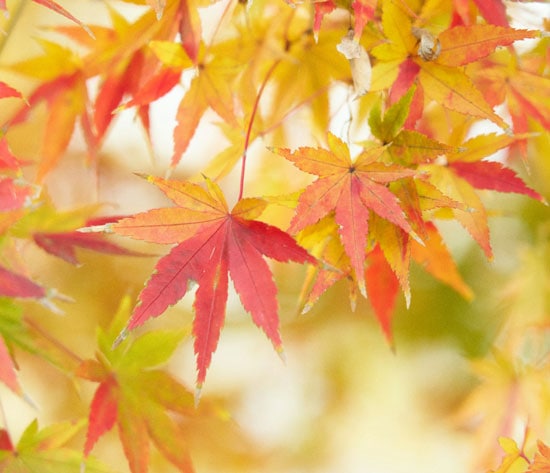
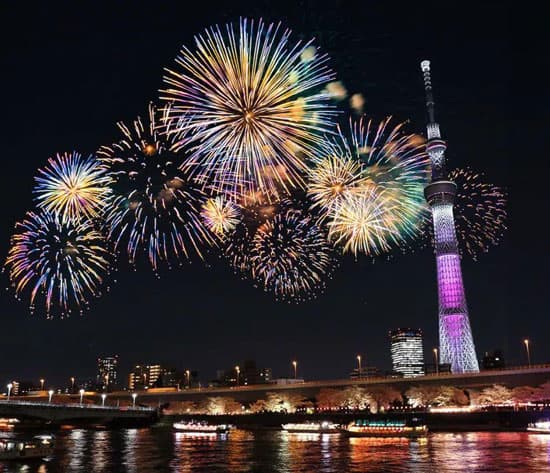
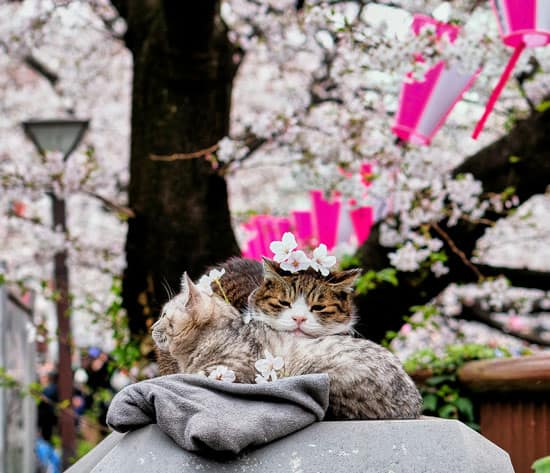
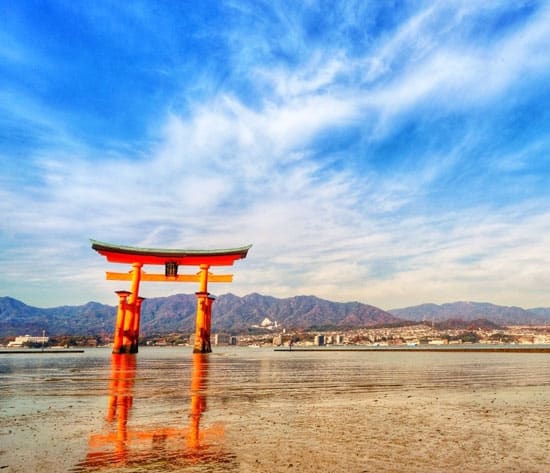
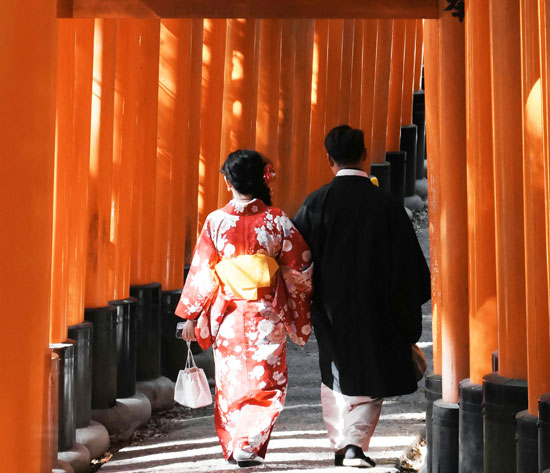
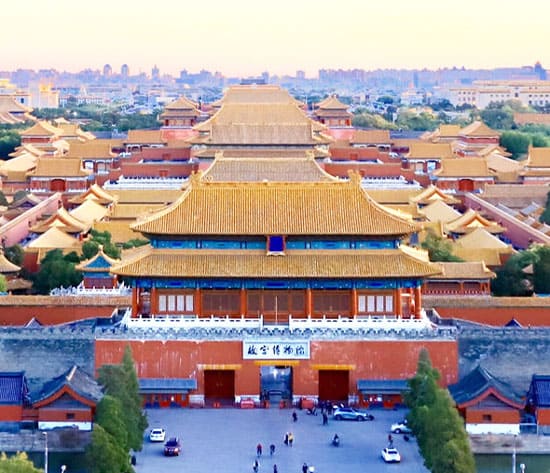
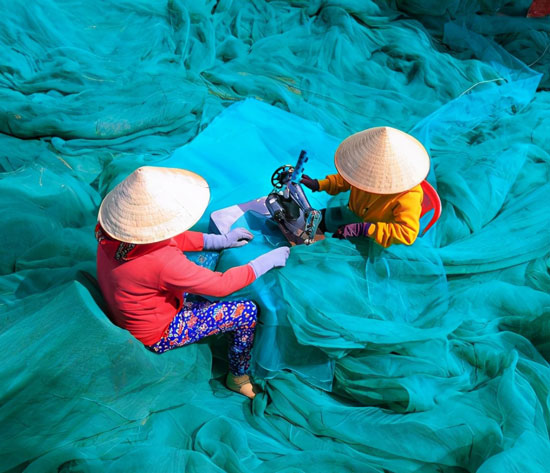
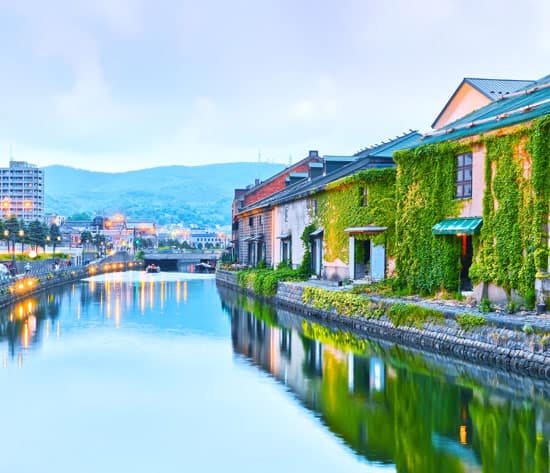
Have a Question?
You might see your comment appear on this page, but your email address and full name will not be published. Your personal information will remain confidential. Our Asia travel experts will get back to you as soon as possible. Required fields are marked *